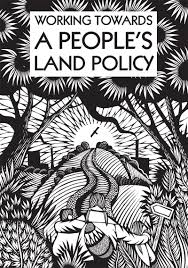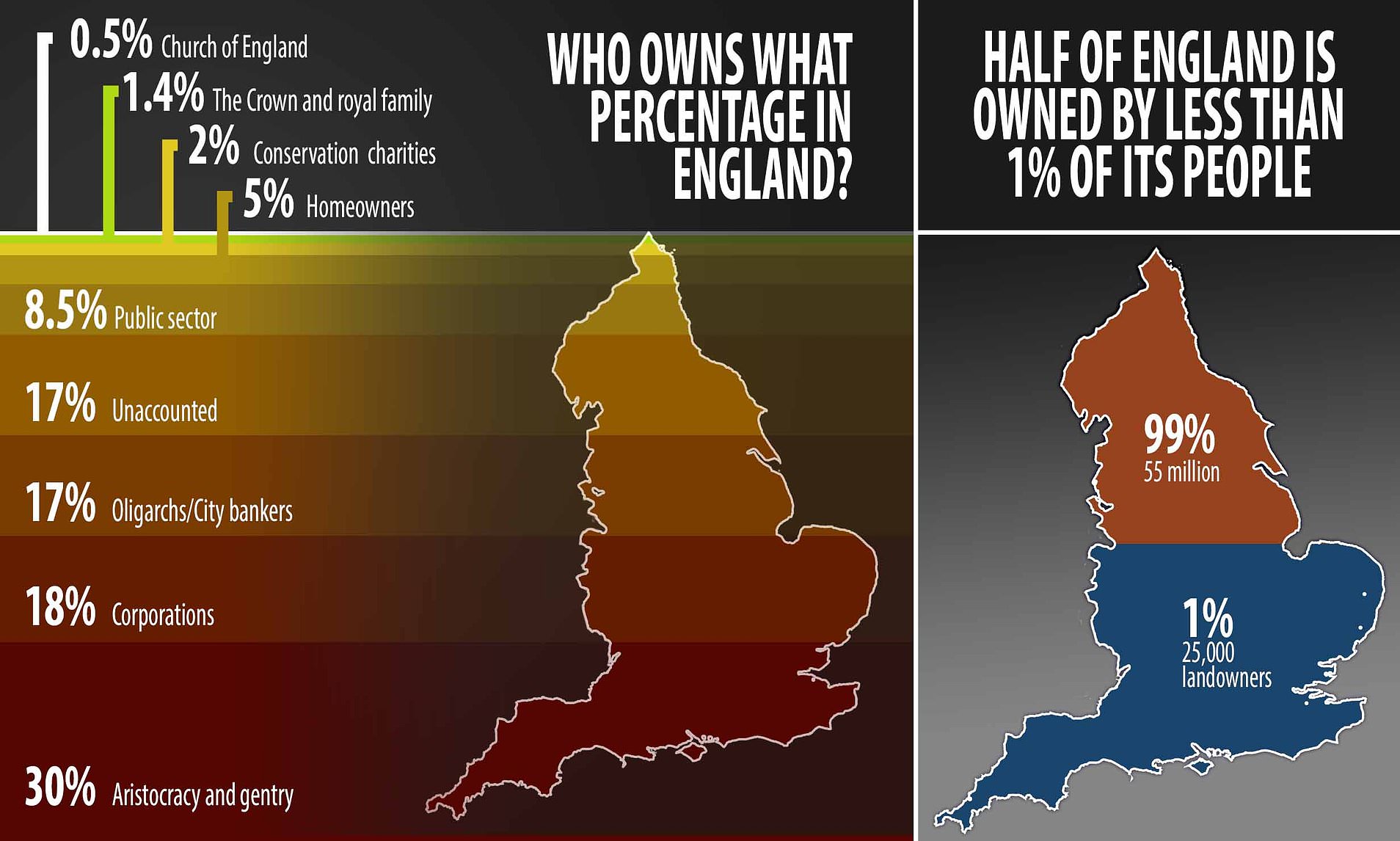Road Map for a People’s Land Policy
There are many groups campaigning around the country and the world on a variety of land-related issues, however, they are not united. If they reframed their struggles as land struggles, then a much more effective and powerful common front could be created. Homes, food, parks, economic, community and social spaces are all either built on land or transform land for a particular purpose. The way land has been exploited by mining and agribusiness are also issues for environmental, social and economic justice campaigns. Being able to have access and control of land would effectively make it possible for the different campaigns and groups to achieve their aims.
What is therefore needed is a People’s Land Policy, one that is developed out of an open, transparent, inclusive and fully democratic process of discussion and debate. This approach will be flexible and consider the concerns and ideas of all.
We have prepared this preliminary ‘road map’, which sets out a provisional strategy as to how we could begin to develop a People’s Land Policy. This could initial begin through the following:
- Visioning: An initial document (Working Towards a People’s Land Policy) is the outcomes of several workshops and meetings with numerous individuals that form part of the Land Justice Network. This document sought to capture a particular discussion regarding the potential vision, scope and ambition of a People’s Land Policy.
- Initial Engagement on the Vision: ‘Working Towards a People’s Land Policy is a draft document that we intend to initially share with groups both associated with the Land Justice Network, and with other groups with shared concern for land-based issues. This sharing would hopefully start a discussion regarding the fundamental aims and principles of a potential Peoples Land Policy. Engagement would be undertaken proactive, both through publication of the vision, as well as by directly approaching a wide network of groups for a discussion on the vision itself. Though the aim is not to focus on specific policies at this stage, there is still scope to discuss and gain feed-back on some of the policy ideas we have outlined.
- Initial Feedback: We hope that initial engagement would provide a focus (around the vision document) for an intense and worthwhile discussion regarding the aims and appropriateness of a People’s Land Policy. We would collect all feedback given regarding the aims, principles, content and approach of the vision document and incorporate into a new refined vision that better reflects the comments and views of the constituent groups of the Land Justice Network more widely. We would elaborate and develop the aims and principles, explaining why these aims and principles are important and providing more detail.
- Drafting policy ideas: The next stage would be to focus more specifically on policy ideas. We may share a common vision, but we need to unite around actual policy objectives that will achieve the vision and help to mobilise a movement for land reform. An important part of this would be to engage with a wide range of people seeking views and ideas as to how to address issues of land from a diverse number of perspectives.
- Developing Policy: Following engagement and feedback received, we would identify the policies that are widely supported and start the process of translating these ideas into specific proposals for legislation. These would ultimately form the basis of a Land Reform Act as well as supporting legislation.
This road map is a provisional and draft document. It will be updated, expanded and detailed as work is completed, and a proposed approach becomes clarified following engagement and consultation with a wide range of individuals, groups, campaigns and organisations.

